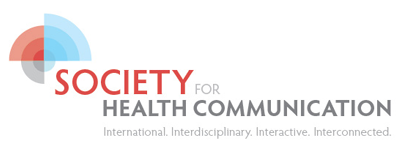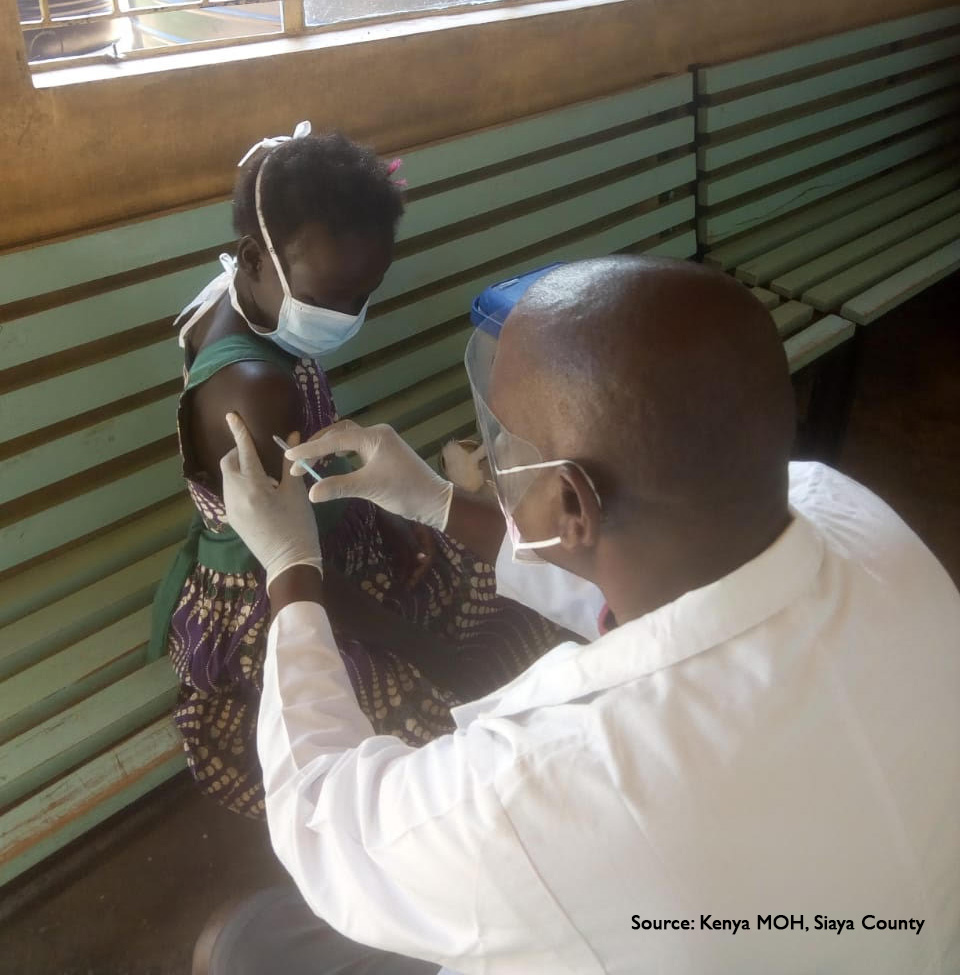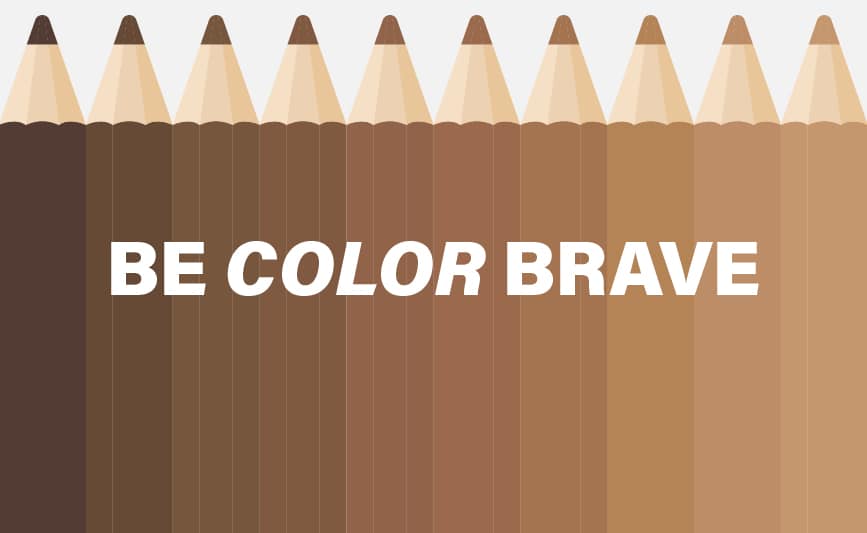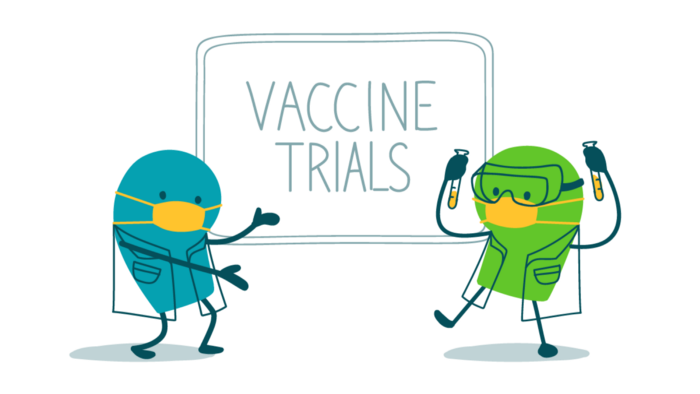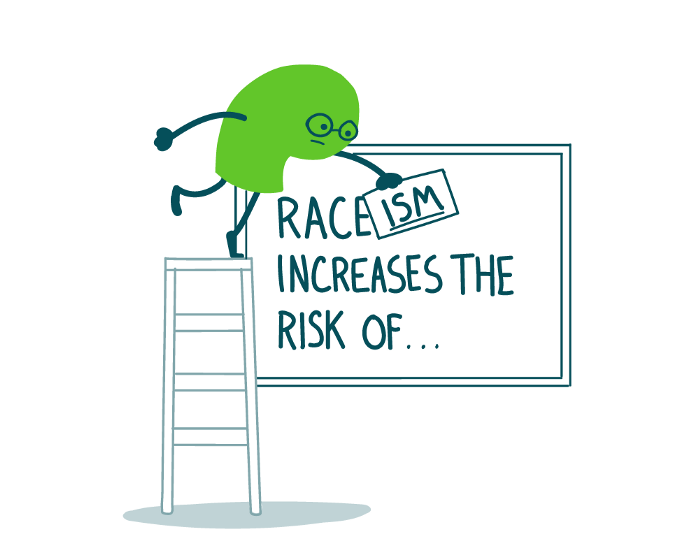Originally published by: American Institutes for Research
Original author: Trent Sharp
Originally published on: September 10, 2020
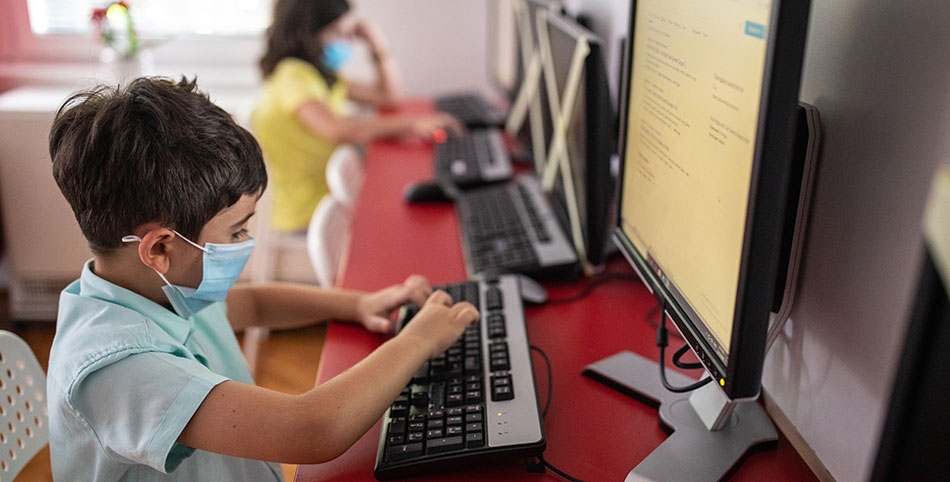
As part of my technical assistance work at AIR, I spent this summer meeting with a team of 10 principals in Austin, Texas. This group has worked to leverage their collective impact initiative, called NACER, as they responded to the coronavirus pandemic and the moral imperatives that have surfaced through the Black Lives Matter movement. Being a principal is complex work under normal circumstances. These days, the magnitude of the job is hard to wrap your head around.
Our weekly virtual meetings have been wide-ranging. Beyond core academics and student services, we regularly grappled with issues surrounding food distribution, utility assistance, health screenings, contact tracing, housing vulnerability, transportation, coronavirus-induced student migration and teacher shortages, and shepherding anti-racist professional development—just to name a few. The principals’ stories offer a glimpse into how multiple systems overlap inequitably across communities. After each meeting, I was reminded of the decades of educational research showing how student learning is nested within and shaped by place-specific “geographies of educational opportunity” that advantage some and disadvantage others.

